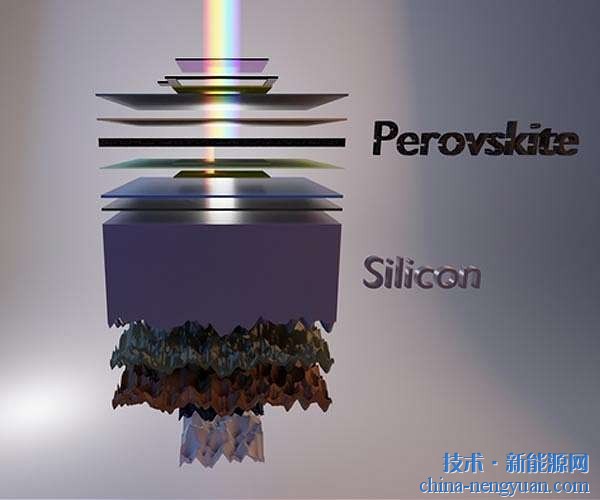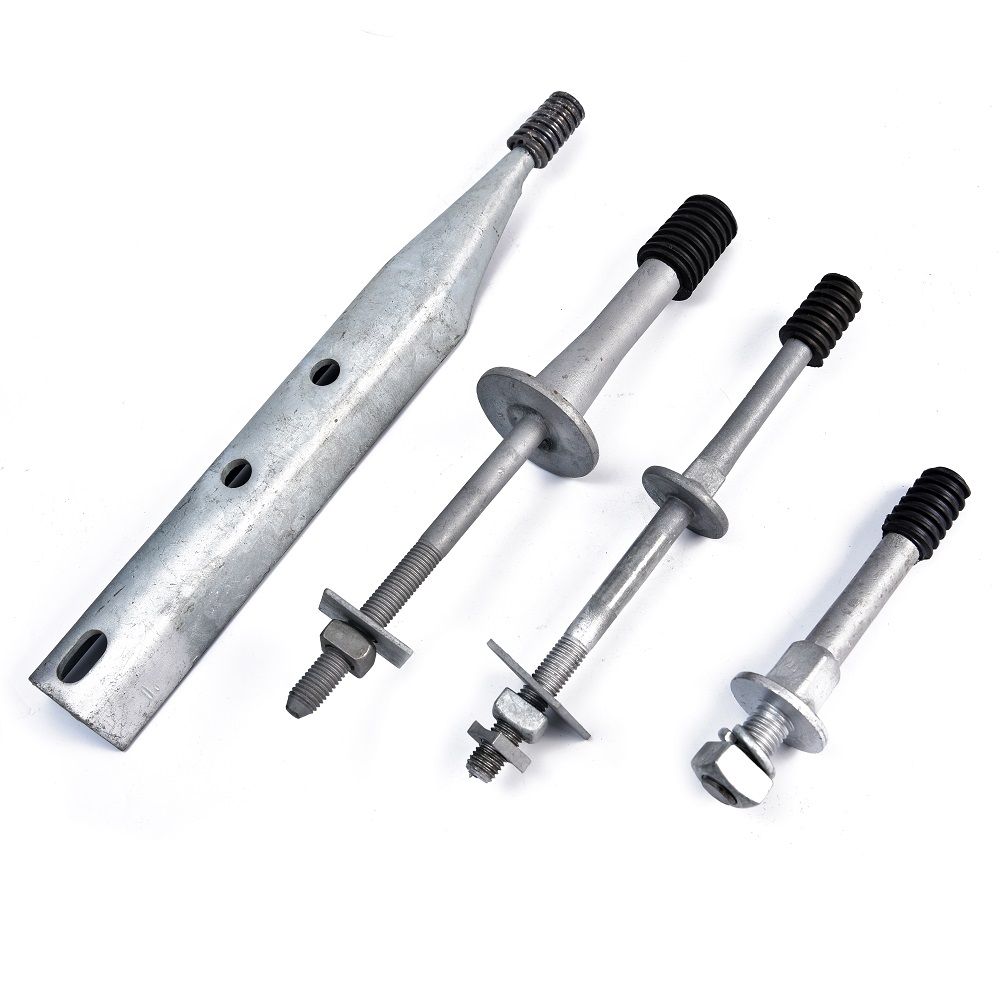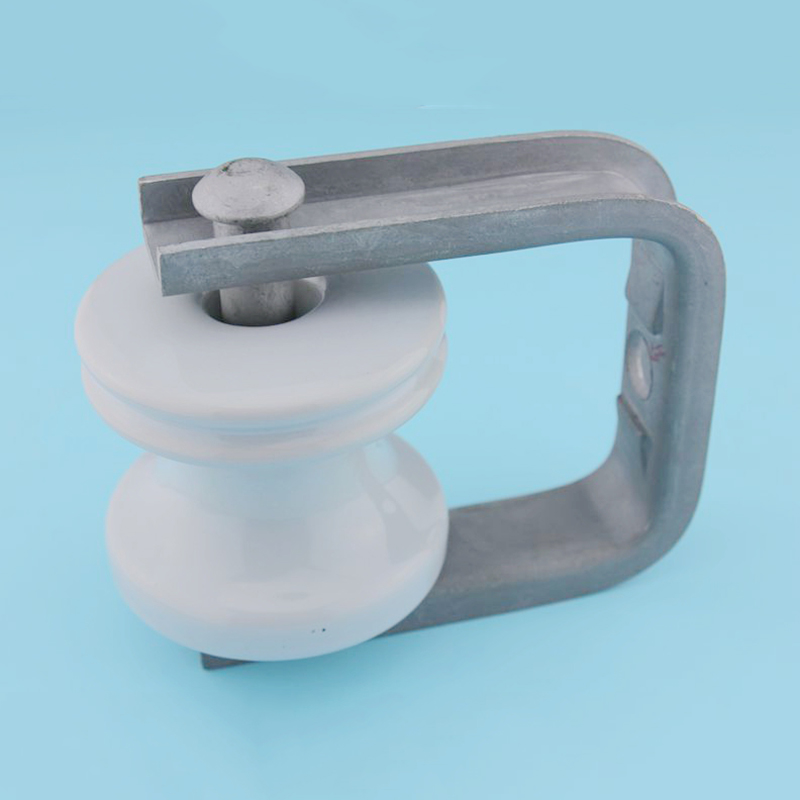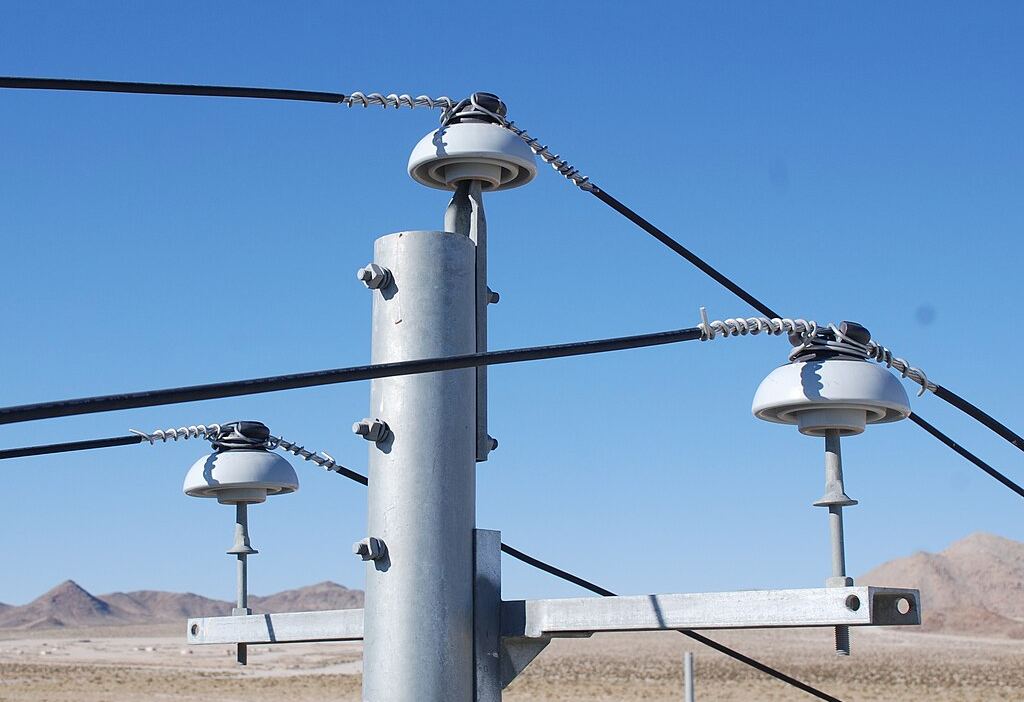 |
Recently, a groundbreaking innovation in sustainable housing made its debut at the Fourth Archway Campus of Nanjing Southeast University. Dubbed the "Micro Houses for the Future," this compact yet highly functional dwelling was developed by the Department of Architecture Science and Technology within the School of Architecture. What sets this project apart is its remarkable speed of construction—just 16 days from delivery to full occupancy, making it a game-changer in modular housing.
The structure is built using melamine board for the walls, which can be filled with recycled rock wool, offering excellent thermal insulation and energy efficiency. The main frame is made of lightweight aluminum, providing both durability and flexibility, surpassing traditional concrete and brick structures in strength and adaptability. The roof is equipped with solar panels that generate approximately 5,000 kilowatt-hours of electricity annually, sufficient to power daily living needs and even potentially feed back into the grid.
Weighing around 8 tons, the house is designed for mobility. Its internal layout can be customized based on user preferences, and it can be transported by two trucks to any desired location, offering a truly portable living solution. This innovative approach not only reduces construction waste but also supports a more sustainable and flexible way of living, especially in urban areas where space is limited. With its eco-friendly materials, energy independence, and ease of relocation, the "Micro House for the Future" could represent a new direction in residential architecture.
Insulator Hardware
Insulator hardware for Poleline Hardware refers to the components used to support and insulate electrical conductors on utility poles. Some common insulator hardware used in poleline installations include:
1. Insulators: Insulators are typically made of porcelain, glass, or polymer materials and are used to prevent electrical current from flowing through the pole or other grounded structures. They provide electrical insulation and mechanical support for the conductors.
2. Insulator pins: Insulator pins are used to secure the insulators to the crossarms or other supporting structures. They are usually made of steel or other durable materials and come in various designs to accommodate different types of insulators.
3. Insulator Clevis: Insulator clevis are comprised of multiple insulators connected in series to provide the required electrical insulation for the voltage carried by the conductors. The number and arrangement of insulators in a string depend on the system voltage and other factors.
4. Suspension hardware: Suspension hardware includes various components such as suspension clamps, suspension insulators, and suspension links. These are used to support the weight of the conductors and insulators, ensuring proper tension and alignment.

5. Strain hardware: Strain hardware is used to absorb and distribute the mechanical forces exerted on the conductors due to wind, ice, or other external factors. It includes components such as strain insulators, strain clamps, and dead-end fittings.
6. Crossarm braces: Crossarm braces are used to provide additional support and stability to the crossarms, which hold the insulator strings. They are typically made of steel or other sturdy materials and help to prevent sagging or swaying of the conductors.
Yokelink Insulator Hardware are mainly used in transmission lines. It is used to connect crossarms, thereby joining the crossarms. By joining crossarms together, they are made stronger and more resistant to vibration.They are attached in cross arms of overhead transmission lines for supporting and connecting the crossarms by means other than welding. They join two crossarms or a cross arm with an insulator mounted on it. It is also put into one crossarm for joining cross arms together.
The Insulator cross arm pins have three parts – the crossarm pin base, a crossarm pin body, and the crossarm pinhead. The cross-arm pin base is fitted in an opening of a cross arm.The cross-arm pin body connects the cross arm with another cross arm or a crossarm insulator. The crossarm pinhead is placed on the top end of the cross-arm pin body and holds it into position so that it cannot move outwards.

Insulator Clevis, Post Studs, Pole Top, Forged Pin, Insulator, porcelain, Deadend,pole,Insulators,Hot dip galvanized,guy,clevises
Ningbo Yokelink Machinery Co.,Limited , https://www.yokelink.com